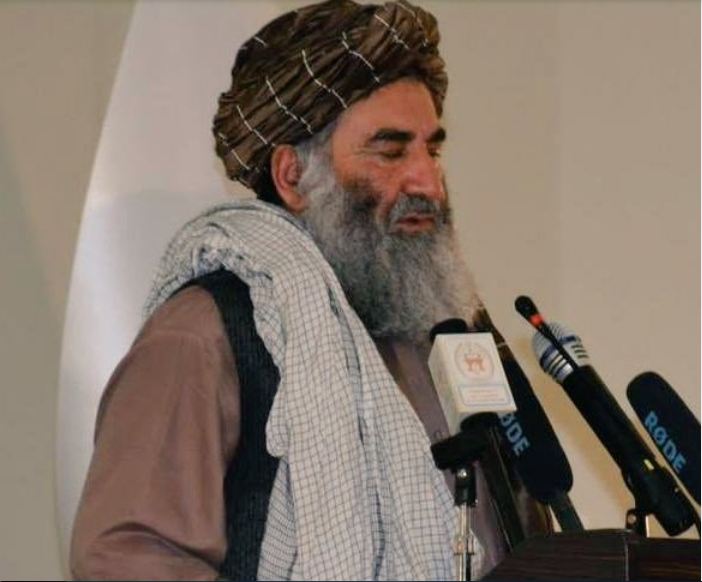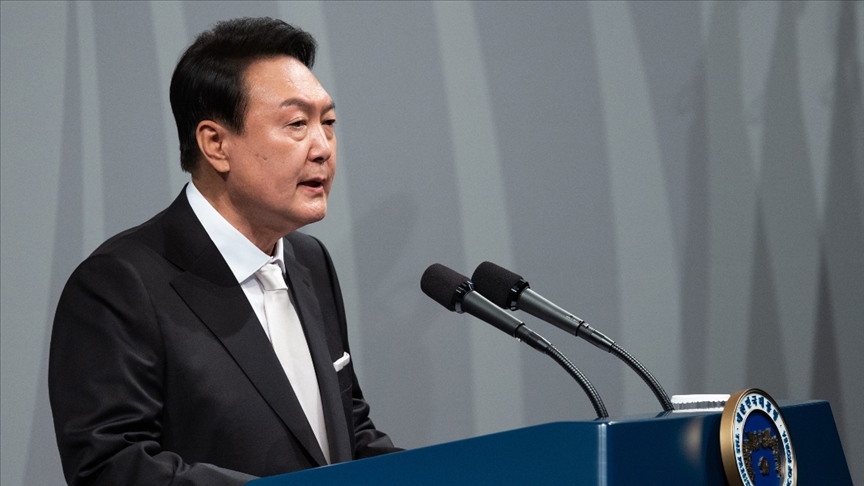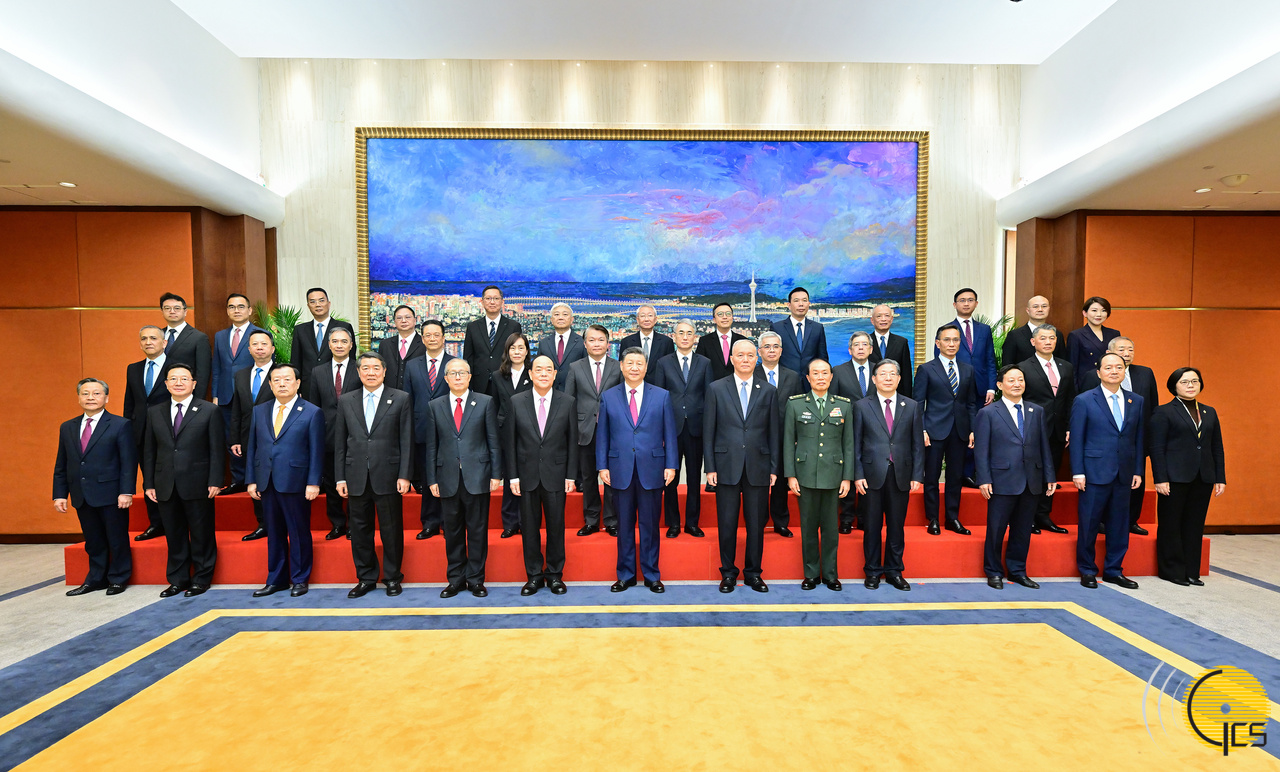The Taliban has announced Mullah Shirin Akhund as new governor for Afghanistan’s Kandahar province, and he is one of the closest aides to the Taliban’s supreme leader.
Taliban spokesman Zabihullah Mujahid said new governors for Kunar, Jawzjan, Baghlan and Nuristan provinces were also appointed. Mujahid also said that the Taliban leader appointed new commanders for 209 Al-Fath Corps, 207 Al-Farooq Corps and 203 Mansoori Corps.
The new governors are included Qari Mohammad Ayub for Kunar, Bashir Ahmad Haqqani for Nuristan, Gul Haidar Shafiq for Jawzjan and Abdul Rahman Haqqani for Baghlan provinces.
Mujahid said that these appointments were made by Mullah Hibatullah Akhundzada, the Taliban leader, adding that Ahmad Taha has been appointed as the deputy minister of the Borders and Tribal Affairs and Mohammad Mohsen Hashemi as the Director General of the Supreme Audit Authority.
Before their appointments to the new governor posts, Mullah Shirin had served as deputy minister of defense for Intelligence Affairs, while Qari Mohammad Ayub as commander of the 207 Al-Farooq Corps, Bashir Ahmad Haqqani as deputy governor of the Taliban for Wardak province, Gul Haidar Shafiq as deputy governor of the Taliban for Ghazni, and Abdul Rahman Haqqani as the deputy minister of Borders and Tribal Affairs of the Taliban.
Shirin is close friend to Taliban supreme leader
Mullah Shirin is originally from Zhari district of Kandahar and was a close friend of Mullah Omar, the founder of the Taliban. Shirin, in the past recent years before to regain the power had lived in Qatar and was a member of the negotiating team between the Taliban and the US.
Mullah Shirin is considered as one of top members of the Taliban and had recently visited Qatar as part of delegation accompanying Taliban Defense Minister Mullah Yaqoob.

Mullah Shirin (L) and Taliban Defense Minister Mullah Yaqoob.
The young defense minister is the son of Mullah Omar, the founder of the Taliban to whom Shirin was a good friend. Shirin was also present in every meeting with foreign officials and delegations.
Mullah Shirin has replaced Mullah Muhammad Yusuf, who went to Balkh province after the death of Mullah Mozmal, the former governor. The Taliban supreme leader sent Yusuf in order to restore peace and order and prevent any big attacks on the Taliban officials in Balkh.
The Islamic State (IS) also known as Daesh terrorist group claimed responsibility for the attack and said one its suicide bomber targeted Mozmal inside his office.
The new governor comes when the Taliban had earlier announced that the office of the Taliban spokesperson was transferred from Kabul to Kandahar by direct order of the supreme leader.
It has been also reported that many close friends and high-ranking Taliban officials have been shifted to Kandahar, the birthplace of the Taliban and a strategic province.
Reshuffle in key posts
The new appointments of high-ranking officials came as part of promises made by the Taliban to improve security situation and take measures to avoid any security incidents during spring time.
Often, Afghanistan has witnessed bloody spring season where clashes were intensified weather it was before the Taliban victory in 2021 or even now when the Daesh appeared as number one enemy of the Taliban government. The civilians were the mainly victims of these attacks and intensive clashes.
The new appointment in these provinces made only for security reason and the Taliban supreme leader expect the new heads to work for peace and economy projects. It has been said that these new governors and other officials will work to maintain security in these provinces as part of the preparation for spring fight against the Daesh as well as other armed groups.
“Taliban are dealing with Daesh as well as with armed forces of the National Resistance Force (NRF),” said Ahmad Jawad, a political pundit.
Speaking to Harici he said that military action against group’s that are unwilling for peace is essential, but at the same time the Taliban leadership should call on them for peace talks. “War unlashes more war – it is not the solution at all. We are in the war for the last nearly three decades, but the more we engage in war the more miseries we get,” Jawad added.
I am not ruling out military conducts, he said, but war and peace talks should go side by side. “The Taliban should give a chance to its opponent to speak and sit in talks with them in order to find a peaceful solution to all differences,” he requested.
Undoubtedly, the appointment of the new posts would defiantly have a significant impact on the live of Afghans, particularly those living in those provinces. “From my understanding, Taliban by appointing new heads want to engage in direct talks with the people in order maintain transparency and build trust among the public,” Jawad said.
He furthered that Taliban needs to get support from the people which is essential for the peace and stability of the Taliban government.
Taliban interior minister supports Kandahar governor
Taliban interior minister Sirajuddin Haqqani urged the officials and called on the people to cooperate with the new governor of Kandahar Mullah Shiriin for peace and stability of the province.
Speaking to the ceremony held to welcome Shirin in governor’s palace in Kandahar city, Haqqani extolled Shirin’s experience and his commitment to serving the people of Kandahar.
“Shirin has served the Taliban in the past several years and I am sure he will make indefatigable efforts to improve the security situation of Kandahar,” Haqqani added.
Shirin assuming key post at a time when there is huge security concern in Kandahar, and his appointment seen as a move to strengthen its hold on the province and address the security challenges the Taliban faces at the moment.
Shirin has pledged to work closely with local officials and tribal leaders to improve security and governance in the province and said to leave no stone unturned to get the people access to education, healthcare and other basic serves.

 EUROPE1 week ago
EUROPE1 week ago
 OPINION2 weeks ago
OPINION2 weeks ago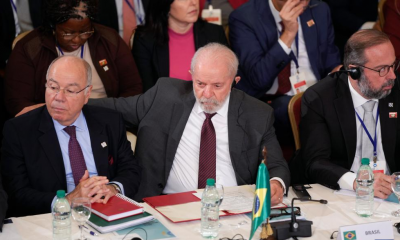
 OPINION1 week ago
OPINION1 week ago
 DIPLOMACY2 weeks ago
DIPLOMACY2 weeks ago
 OPINION2 weeks ago
OPINION2 weeks ago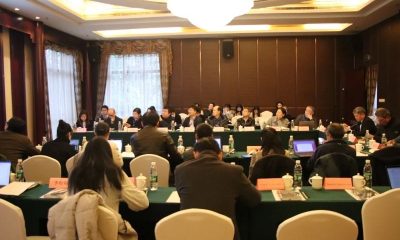
 ASIA1 week ago
ASIA1 week ago
 MIDDLE EAST1 week ago
MIDDLE EAST1 week ago
 MIDDLE EAST2 weeks ago
MIDDLE EAST2 weeks ago
